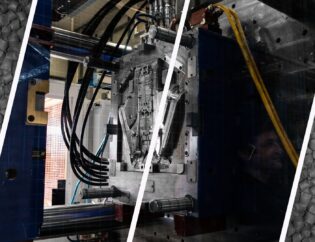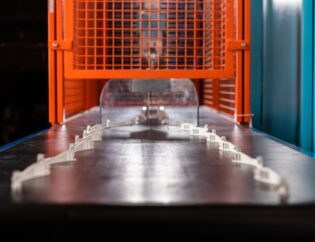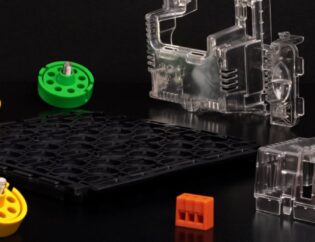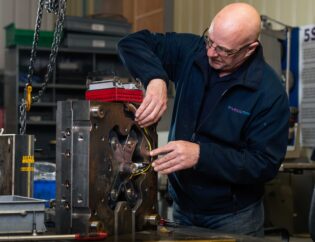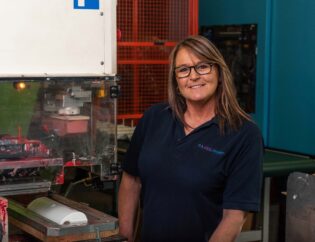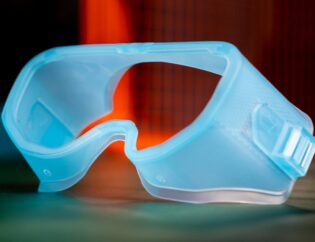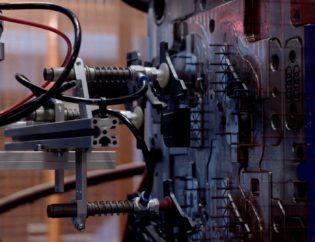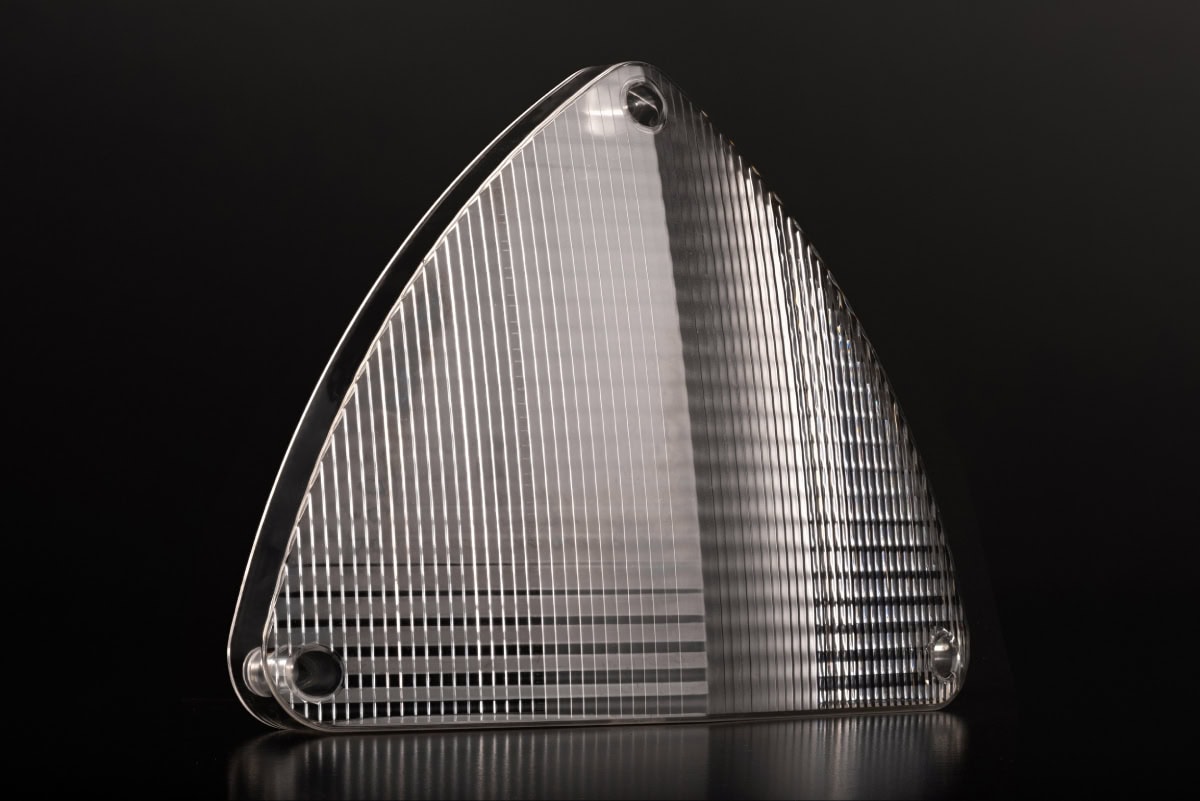
Surface Finish is used to describe the texture of moulding/texture of the tooling - this can vary from a glossy finish to a rough texture.
So what are the different surface finish specifications?
The different specifications are SPI, VDI and Mold-Tech. The most common specification used is SPI - the standard set by the Plastics Industry Association.
Each standard has its advantages and uses, such as SPI and VDI both cover a glossy polished finish to a textured one, and Mold-Tech focuses more on finished textures.
SPI, which is the American standard but is also used in the UK, has 4 categories (A, B, C and D) - from High-Gloss to Textured finishes.
VDI is categorised by numbers from 0 to 45, and similar to SPI going from a High-Gloss to Textured finishes.
Mold-Tech also has 4 categories like SPI (A, B, C and D). Mold-Tech covers textured finishes different to the other standards, such as sand, wood, polka dots and checks.
SPI Standard Finish
As mentioned, SPI is the stand set by the plastic association and it is used worldwide.
There are 12 grades of SPI finishes, which are split between 4 categories. These range from a high-gloss to a textured finish, the grades are as follows:

Grade A Surfaces finishes, also known as gloss finishes, are the most expensive of the 4 categories. They are also expensive due to the hardened tool steel required to achieve this finish.
This finish is used to create a smooth surface finish. An example of a product that would use this is a lens.
A Grade B semi-gloss finish is great for removing machining, moulding and tooling marks that can occur in manufacturing a tool. These finishes are used for non-decorative or visually important parts.
Grade C is the most economical and popular surface finish for tooling. Industrial parts and consumer goods use a matte finish.
A Grade D finish is for parts without specific visual requirements. This finish is ideal for products that require a non-slip surface, such as grip handles or buttons.
VDI
VDI (or VDI 3400) is the surface finish standard set by the Society of German Engineers. Similarly to SPI, the standard is now used worldwide.
The surface finishes are categorised by numbers from 0 to 45 and go from High-Gloss to Textured finishes. The table below highlights the most common VDI finishes.
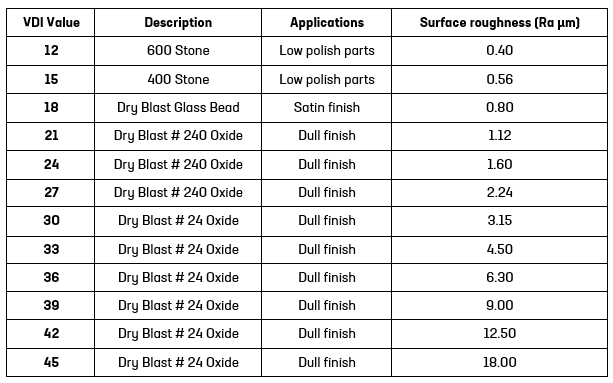
Mold-Tech
Mold-Tech also has 4 categories like SPI (A, B, C and D). Each surface finish starts with MT- and a five-digit code. The A category is the most widely used texture in this standard as they feature from fine to coarse matte finishes.
Mold-Tech covers textured finishes different to the other standards, such as sand, wood, polka dots, diamonds and checks.
Why would you choose a surface finish for your component?
Choosing a surface finish can be for both aesthetic and functional reasons. Surface finishes can improve the appeal of the product, making it more attractive to end-users. Additionally, surface finishes can enhance the functionality of the product by providing specific properties such as increased durability, scratch resistance, and improved grip.
Another reason is that finishes, such as paint, can be applied more easily to a part that has a surface finish.
Every aspect, including the surface finish, needs to be considered when designing a component. If the surface finish is important to the design of a component, it needs to be considered in the tool design stage, as this can influence the cost of the tooling project.
What influences the cost?
In the toolmaking process, the surface finish is applied to the tool after any modifications or changes are completed and the component(s) are approved. Polishing is completed by hand and is a labour-intensive process.
The type of plastic material used can also affect the tooling surface finish's quality and consistency. Some materials, such as polycarbonate or acrylic, require a higher level of polishing to achieve a smooth and even finish than other materials.
The tool steel is also important for the surface finish. If you want a glossy finish, steel with a high hardness is required.
How can we support your project?
Together we can determine the best design, material and production decisions for optimum quality, speed and value.
